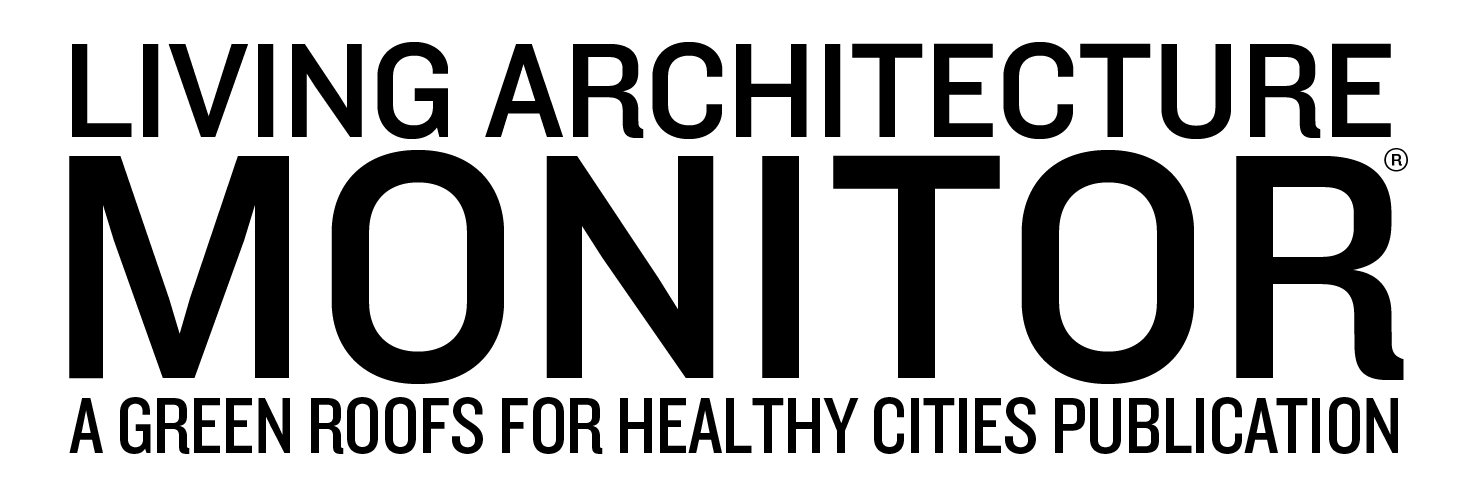News
How to Make Our Cities a Home for Bees, Butterflies and Other Pollinators
Our cities can help protect bees and offer pollinators a safe haven through green infrastructure projects.
A Green Roof Brings Beauty and Eco Benefits to the Community Commons
The expansive green space on the fourth-floor exterior deck nods to the beauty of Colorado’s native plants and the University’s sustainability goals.
Greening Buildings and the Potential for More Biodiversity and Well-being in Switzerland
Project study within the framework of the Swiss Biodiversity Strategy Action Plan
How Voters Said “Yes” to the Environment on Ballot Measures This Year
New York state, Denver and other cities and states around the country found widespread voter support for climate, recycling and cleaner transportation.
Green Roofs are a Chance to Study the Virtuous Circle Between Plants and Solar Panels
Solar panels tend to get too hot on conventional rooftops, which can reach 150 degrees or higher, and that heat reduces their efficiency. Plants help cool them off.
Colorado’s Largest Rooftop Greenhouse Will Grow Nearly Two Tons of Leafy Greens a Day
City council next month will consider a zoning change to allow agriculture in a mixed-use district
Soil Breakthrough Plants Hope in City Rooftops
Researchers have found a new way to boost plant growth that could make it easier to cool buildings with rooftop gardens.
Four Innovations Preparing Cities For Climate Change
In the fight against climate change, cities matter. So what can be done to prepare cities for climate change?
Weather to the Extreme: Can You Survive it?
Prepare in advance for hurricanes, tornadoes, flooding and severe electrical storms to keep your operation up and running with minimal downtime.
Baseline Analysis of Green Roof Distribution in New York City Published in Peer-Reviewed Journal, Ecology & Society
Green Roofs Cover Less Than 0.1% of New York City’s 1 Million+ Rooftops as of 2016.
Buzz Stops: Bus Shelter Roofs Turned Into Gardens for Bees and Butterflies
Bee bus stops first appeared in the Dutch city of Utrecht. Now the UK is planning for more than 1,000 and there is growing interest across Europe and in Canada and Australia
Vertical Green Wall Divides Angular Tower’s Solar-Harvesting Facade
UNStudio has revealed plans for a new office tower in Germany that will reduce energy use with an ambitious approach to sustainable design, including a solar facade.
It’s Time to Make Cities More Rural
Enough with the urban vs. rural binary. When rurbanization brings agriculture into cities, everyone benefits
The Inflation Reduction Act Prioritizes Landscape Architecture Solutions to the Climate Crisis
The legislation makes an historic investment of $369 billion to improve energy security, reduce greenhouse gas emissions, and help communities adapt to climate impacts.
University of Virginia 3D-Prints Living Soil Walls that Sprout Greenery
University of Virginia researchers have invented a method of 3D printing with seed-impregnated soil, which could be used to create walls and roofs teeming with plant life.
What Is the Urban Heat Island Effect?
Man-made surfaces and urban density contribute to higher temperatures, intensifying heat waves and posing a growing danger to public health.
Laying the Groundwork for a Better, Cleaner Public School System With Green Roofs
Green roofs provide climate change mitigation and adaptation benefits that can protect human health, especially for children.
Connect With Nature Through Your Decor With Biophilic Design
Have you ever dreamed of having a sanctuary where you could focus on your work and embrace your inner creativity? If your answer is “yes,” you may want to look into biophilic design.
Research Green Roof Thriving at CSU Spur Campus
In all, the research green roof at the CSU System Spur campus has now produced 204.5 pounds of produce in its initial growing season at the recently opened Terra building.
New Living Wall Uses Recycled Materials for Better Growing Conditions
Designed by Texas A&M University's associate professors Bruce Dvorak and Ahmed K. Ali, the wall is located between the institution's Langford Architecture Center




















